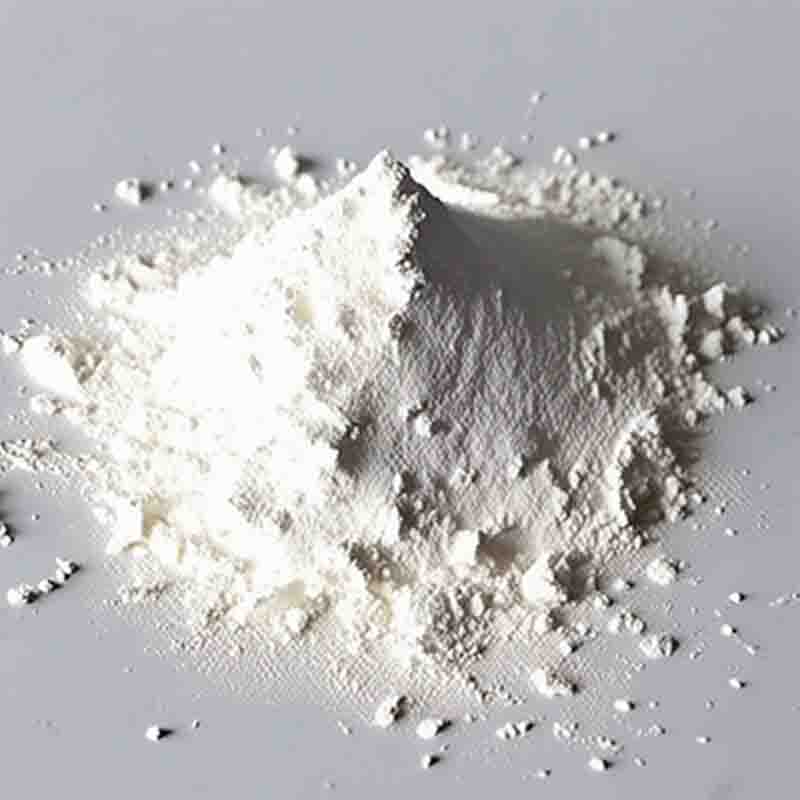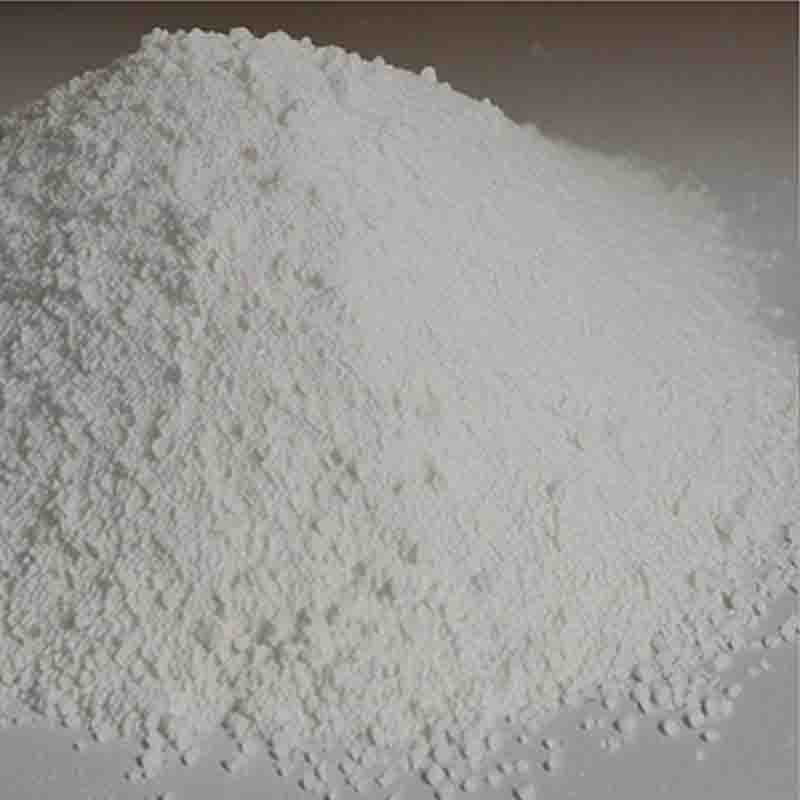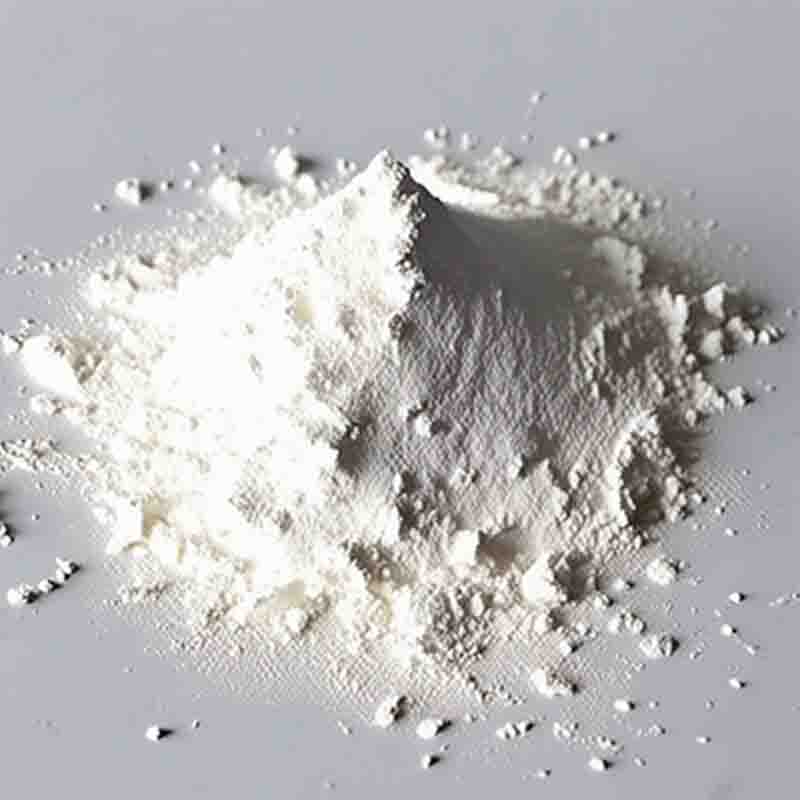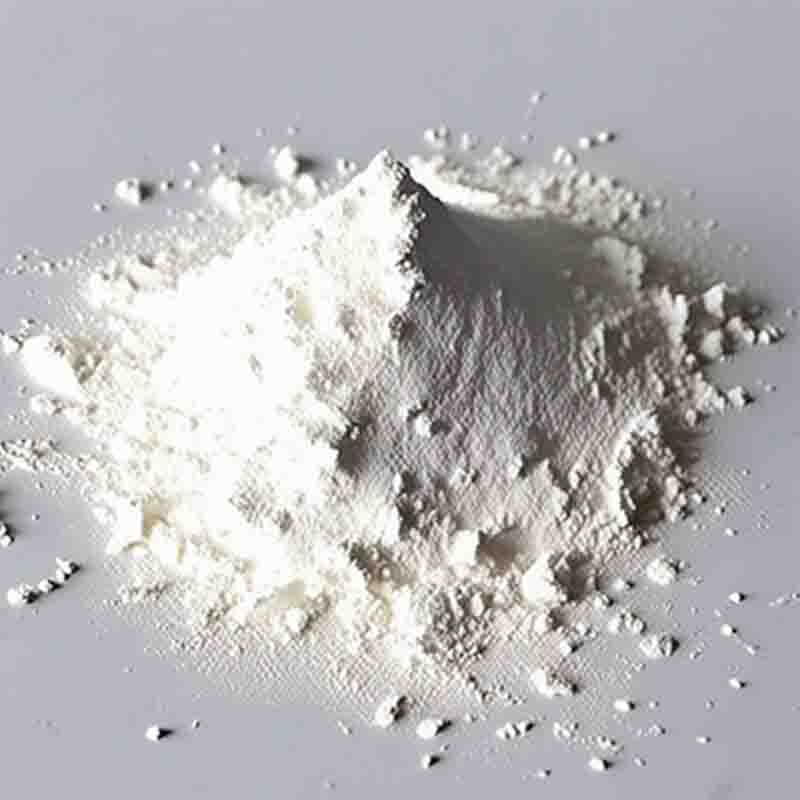Difluoroaceticacid CAS:381-73-7
| Catalog Number | XD94668 |
| Product Name | Difluoroaceticacid |
| CAS | 381-73-7 |
| Molecular Formula | C2H2F2O2 |
| Molecular Weight | 96.03 |
| Storage Details | Ambient |
Product Specification
| Appearance | White powder |
| Assay | 99% min |
Difluoroacetic acid (DFA) is a chemical compound with the formula CF2COOH. It is a strong organic acid with notable effects and applications in various fields. Here are some key points about the effects and uses of difluoroacetic acid:Industrial applications: Difluoroacetic acid is primarily used in the production of pharmaceuticals, agrochemicals, and specialty chemicals. It serves as an important building block for the synthesis of various compounds. Its high reactivity and acidity make it a valuable reagent in organic synthesis for introducing difluoromethyl groups into molecules.Pharmacology and drug development: DFA derivatives and analogs have demonstrated significant pharmacological activities, including antiviral, antibiotic, and anticancer properties. These derivatives have been investigated for their potential in drug development, targeting specific diseases. Some studies have shown the potential of DFA-based compounds in inhibiting viral replication and growth of cancer cells.Selective herbicides and plant growth regulators: Difluoroacetic acid and its derivatives have been utilized in the development of selective herbicides and plant growth regulators. These compounds can interact with plant hormone processes, affecting plant growth, development, and hormone signaling pathways. Through the manipulation of plant hormonal mechanisms, DFA-based compounds can help control unwanted weed growth and enhance crop yield.Environmental impacts: Difluoroacetic acid is highly soluble in water and can potentially contaminate water sources. It is important to handle and dispose of DFA and its derivatives properly to prevent environmental pollution. Studies have shown that the in vivo degradation of DFA may occur in plants and microorganisms, contributing to its removal from the environment.Toxicity and health effects: Difluoroacetic acid is considered to be toxic and corrosive. It can cause severe burns and irritation to the skin, eyes, and respiratory system. Inhalation or ingestion of DFA can lead to adverse health effects, including gastrointestinal distress, respiratory issues, and potential organ damage. Proper safety precautions, such as using protective equipment and handling DFA in a well-ventilated area, should be followed to minimize exposure.In conclusion, difluoroacetic acid has diverse effects and applications in various fields, such as pharmaceuticals, agrochemicals, and specialty chemicals. Its use as a building block in the synthesis of organic compounds has led to the development of potential drugs and plant growth regulators. However, it is crucial to handle difluoroacetic acid with care due to its corrosive nature and potential health hazards. Proper safety measures and responsible disposal practices should be followed when working with this compound.





![5,6,7,7a-Tetrahydrothieno[3,2-c]pyridine-2(4H)-one hydrochlorideCAS: 115473-15-9](https://cdn.globalso.com/xdbiochems/白色粉末1129.jpg)



